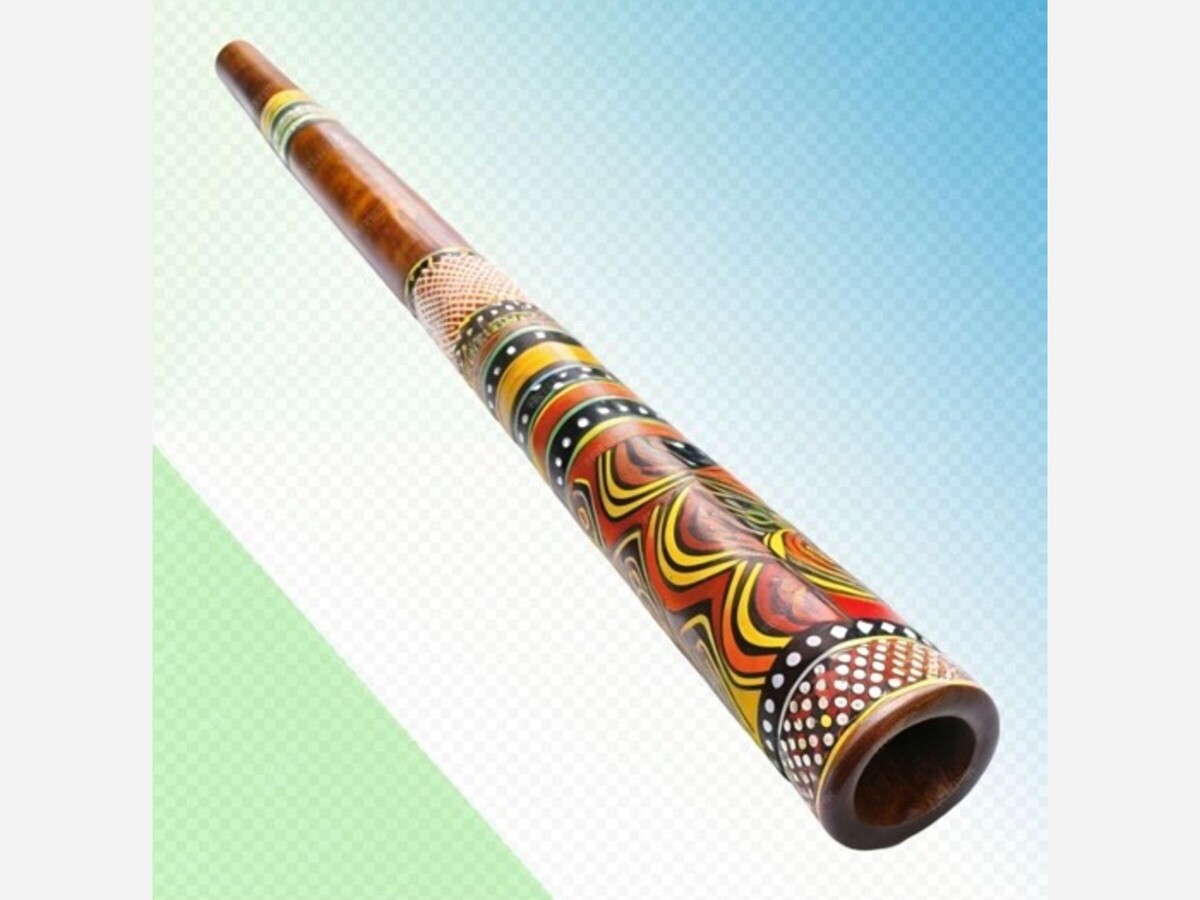Image

by Craig Bennett*
One day when I was in New York, as I was making my way through the tunnels in the subway system, I became aware of a vaguely familiar sound that I had not heard for a long time. I thought I could recognize it; but at the time, I’d only ever heard it on a single recoding that I owned with music by an Australian composer. That was the clue I needed to realize that somewhere in the tunnel up ahead, someone was playing a didjeridoo.
These instruments are made from a long, hollow tube and are played by blowing into one end so that the player’s lips buzz, and often tapping out a rhythm with a stick on the side of the instrument. Rounding a corner in the tunnel, I saw it just ahead of me: a fellow who certainly looked like an Australian aborigine (although dressed in black slacks and a clean white shirt) playing his didjeridoo. Yet, at the same time, I realized that the droning sound of the instrument had never paused in the whole time I was walking toward the sound—and it was still going.
Did the player have super-human ling capacity? Was there some sort of ancient, esoteric magic involved? No, I realized. The player was simply utilizing a technique known to modern musicians as “circular breathing”—forcing air into the instrument with your cheeks while simultaneously breathing in through your nose.
This technique, my jazz-loving friends tell me, was developed by jazz men sometime not long before the Second World War, originating with sax players, later taken up by lower brass players, and finally being mastered by a few trumpet players. A notable present-day example is Winton Marsalis’s ability to play “Flight of the Bumblebee” without a wink of daylight between notes.
The aborigines, however, had been using this technique for centuries before it began to appear in the jazz clubs of the U.S. and Europe. The logical question, then, is, “Why didn’t anyone recognize this ‘primitive technique’ for what it was a lot sooner and find out from the aborigines how they did it?”
The aborigines have had another nifty gadget for probably about as long as they’ve had the didjeridoo: the boomerang. The aerodynamics of this simple little curved throwing stick are at least as sophisticated as the technique of circular breathing. Needless to say, if NASA were commissioned to develop the boomerang, it would consume at least the better part of a decade and cost millions of dollars. And the end product would most likely not work quite so well as the one that already exists.
The point here is that these are only two examples among countless others of how people whom we consider primitive have developed technologies that are and have been well beyond anything produced by contemporary western science. The pity is that this information is still too often regarded as worthless simply because it was produced by someone who fits our definition of “primitive.”
*Craig H. Bennett, author of Nights on the Mountain and More Things in Heaven and Earth, available at amazon.com, barnesandnoble.com, and most book stores